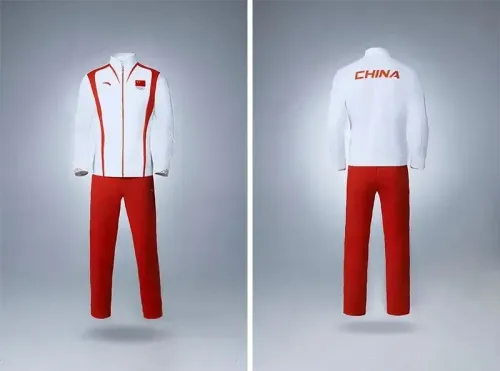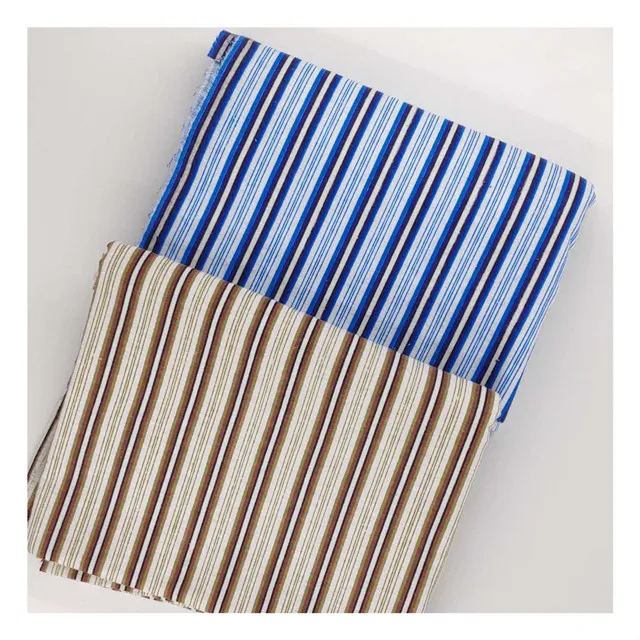
- Afrikaans
- Albanian
- Amharic
- Arabic
- Armenian
- Azerbaijani
- Basque
- Belarusian
- Bengali
- Bosnian
- Bulgarian
- Catalan
- Cebuano
- Corsican
- Croatian
- Czech
- Danish
- Dutch
- English
- Esperanto
- Estonian
- Finnish
- French
- Frisian
- Galician
- Georgian
- German
- Greek
- Gujarati
- haitian_creole
- hausa
- hawaiian
- Hebrew
- Hindi
- Miao
- Hungarian
- Icelandic
- igbo
- Indonesian
- irish
- Italian
- Japanese
- Javanese
- Kannada
- kazakh
- Khmer
- Rwandese
- Korean
- Kurdish
- Kyrgyz
- Lao
- Latin
- Latvian
- Lithuanian
- Luxembourgish
- Macedonian
- Malgashi
- Malay
- Malayalam
- Maltese
- Maori
- Marathi
- Mongolian
- Myanmar
- Nepali
- Norwegian
- Norwegian
- Occitan
- Pashto
- Persian
- Polish
- Portuguese
- Punjabi
- Romanian
- Russian
- Samoan
- scottish-gaelic
- Serbian
- Sesotho
- Shona
- Sindhi
- Sinhala
- Slovak
- Slovenian
- Somali
- Spanish
- Sundanese
- Swahili
- Swedish
- Tagalog
- Tajik
- Tamil
- Tatar
- Telugu
- Thai
- Turkish
- Turkmen
- Ukrainian
- Urdu
- Uighur
- Uzbek
- Vietnamese
- Welsh
- Bantu
- Yiddish
- Yoruba
- Zulu
Feb . 11, 2025 23:45
Back to list
cotton flannel fabric
Polycotton sheeting fabric has gradually become a staple in the textile industry, renowned for its unique blend of polyester and cotton that yields a fabric combining the best of both worlds. Its diverse applications, from bedding to apparel, underscore its reputation as a versatile and functional material. Consumers seeking durability without sacrificing comfort consistently turn to polycotton sheeting, recognizing its exceptional performance in a multitude of settings.
Polycotton sheeting’s cost-effectiveness cannot be overstated, particularly in comparison to premium cotton sheets or other high-end fabrics. The economic advantage of polycotton extends beyond initial purchase, as its longevity means replacements are less frequent, providing additional savings over time. Moreover, the reduced need for ironing aligns with environmentally conscious practices, minimizing the energy consumption associated with fabric care. The authority of polycotton in the market is further substantiated through endorsements by textile professionals who praise its sustainable production practices. Blending cotton with polyester decreases the reliance on pure cotton, thereby reducing the environmental impact associated with monoculture farming practices required for pure cotton production. This is a crucial aspect for companies and consumers prioritizing sustainability in their purchasing decisions. Trust in polycotton sheeting fabric is buttressed by its widespread use and positive market reception. Reviews across various platforms frequently highlight customer satisfaction with the material’s performance in real-world settings. Retailers often point to high repeat purchase rates as a testament to its reliability and appeal. For those in the textile industry or consumers seeking materials that balance quality, comfort, durability, and affordability, polycotton sheeting fabric represents a sound investment. It is a product that continually demonstrates why it is a preferred choice among a diverse array of fabrics, making it an ideal subject for further exploration and utilization in various textile endeavors. Experts predict its prominence will only increase as innovations in fabric technology advance, continuing to elevate the standards of modern textiles.


Polycotton sheeting’s cost-effectiveness cannot be overstated, particularly in comparison to premium cotton sheets or other high-end fabrics. The economic advantage of polycotton extends beyond initial purchase, as its longevity means replacements are less frequent, providing additional savings over time. Moreover, the reduced need for ironing aligns with environmentally conscious practices, minimizing the energy consumption associated with fabric care. The authority of polycotton in the market is further substantiated through endorsements by textile professionals who praise its sustainable production practices. Blending cotton with polyester decreases the reliance on pure cotton, thereby reducing the environmental impact associated with monoculture farming practices required for pure cotton production. This is a crucial aspect for companies and consumers prioritizing sustainability in their purchasing decisions. Trust in polycotton sheeting fabric is buttressed by its widespread use and positive market reception. Reviews across various platforms frequently highlight customer satisfaction with the material’s performance in real-world settings. Retailers often point to high repeat purchase rates as a testament to its reliability and appeal. For those in the textile industry or consumers seeking materials that balance quality, comfort, durability, and affordability, polycotton sheeting fabric represents a sound investment. It is a product that continually demonstrates why it is a preferred choice among a diverse array of fabrics, making it an ideal subject for further exploration and utilization in various textile endeavors. Experts predict its prominence will only increase as innovations in fabric technology advance, continuing to elevate the standards of modern textiles.
Latest news
-
The Versatility and Elegance of White Cotton Poplin FabricNewsJun.23,2025
-
The Luxurious Comfort of Carded CottonNewsJun.23,2025
-
Explore the Luxurious Comfort of Cotton Flannel ClothNewsJun.23,2025
-
Discover the Versatility of Cotton Poplin ClothNewsJun.23,2025
-
Bleach Cotton FabricNewsJun.23,2025
-
100 Cotton BlendNewsJun.23,2025
-
Versatile Elegance with Poplin Fabric for SaleNewsMay.15,2025
